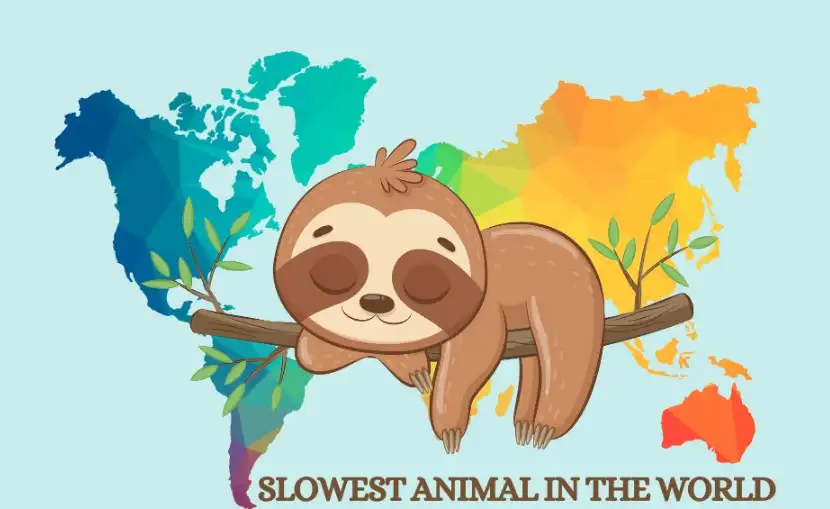In a world where speed is often praised, the slowest animals on the planet move to a very different rhythm. These species from sluggish sea dwellers to land-based laggards remind us that survival and grace aren’t always about haste. Each of them thrives at their own unhurried pace, adapting to life with unique features and behaviors that make speed irrelevant.
Nature’s Leisurely Marvels
While creatures like cheetahs and falcons dazzle with rapid motion, these animals are equally fascinating in their own right. Their slowness offers insight into adaptation, energy efficiency, and life strategies that prize conservation over velocity.
Three-Toed Sloth
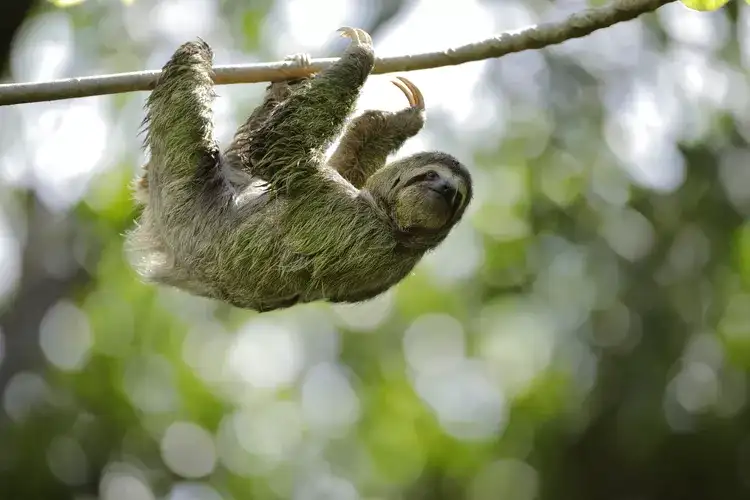
Perched high in the canopies of Central and South America, the three-toed sloth is an emblem of unhurried living. With a metabolism that rivals the slow drip of sap from a tree, sloths need little fuel and make minimal movement just about a foot per minute. The slow crawl helps camouflage them from predators and even allows algae to grow in their fur, offering a natural green disguise.
Starfish

Also known as sea stars, these marine invertebrates inch across the ocean floor using thousands of tiny tube feet. A sunflower sea star, among the largest of its kind, can move at roughly one meter per minute a relative sprint in the starfish world. Still, they are better known for patience and persistence than for speed.
Giant Tortoise
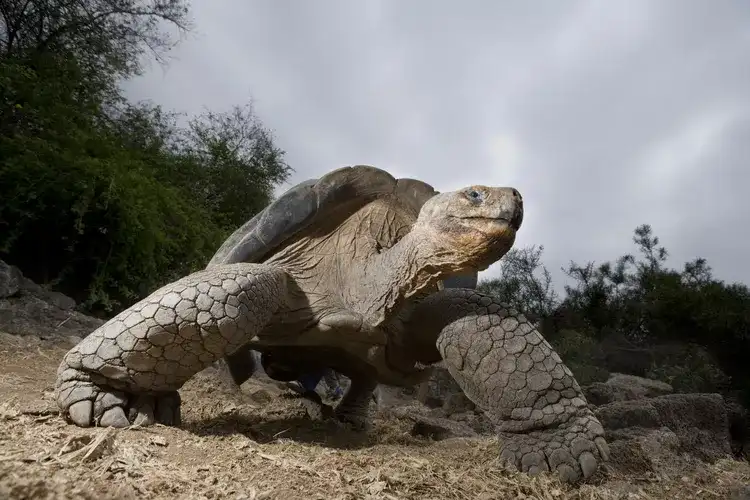
Giant tortoises particularly the Galápagos species are among the most iconic slow movers. Weighing hundreds of pounds and living well beyond a century, they lumber through life at a relaxed two kilometers per hour. Though Charles Darwin once suggested they moved swiftly, modern science has confirmed they take their time unless startled.
Banana Slug
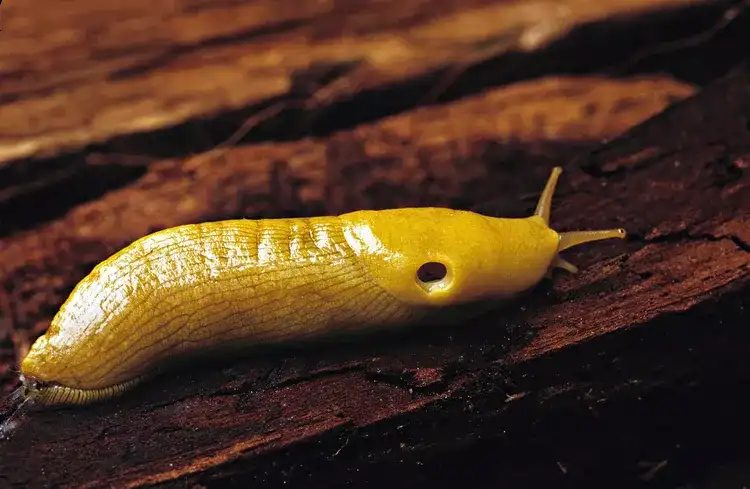
The banana slug’s slimy journey might win the title for slowest crawl. At just over six inches per two hours, these mollusks barely inch forward. They rely on a mucous secretion to lubricate their path, even using slime ropes to rappel from heights. Their sluggish pace is a byproduct of their anatomy a single muscular foot doing all the work.
Garden Snail

Familiar to gardeners worldwide, the garden snail glides using a flat, mucus-lubricated foot. Their top speed of 1/2 inch per second might seem ambitious, but most of the time they inch along at less than a third of that. Their trail of slime not only helps movement but also protects their delicate underbelly.
Slow Loris
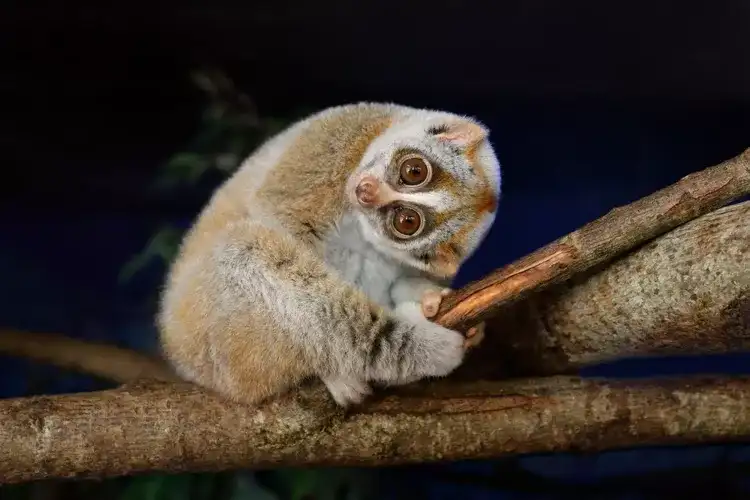
This small nocturnal primate may seem leisurely, but don’t let its calm demeanor fool you. The slow loris is deliberate and stealthy until it strikes. Equipped with venom from a gland near its elbow and a toxic bite, it’s both cute and dangerous. Despite its name, the loris can unleash bursts of surprising speed when hunting prey.
Sea Anemone

Rarely seen in motion, sea anemones generally cling to rocks, reefs, or shells. When they do move, it’s imperceptible to the naked eye just under half an inch per hour. Using a muscular foot and sticky mucus, they shift only when threatened or seeking better conditions. Their stillness serves them well in ambushing unsuspecting fish.
Manatee
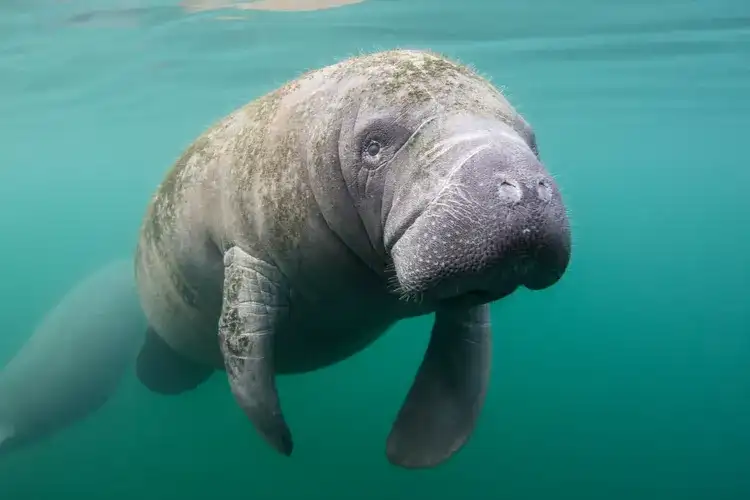
Often called sea cows, manatees drift through warm coastal waters with slow, gentle strokes. Their average pace of a few miles per hour increases only when absolutely necessary. These herbivorous giants, sometimes stretching 13 feet long, are unbothered by predators but remain vulnerable to boat strikes and habitat degradation.
Why Slow Creatures Matter
Slowness in nature is not a flaw it’s a strategy. These animals have adapted to live lives of low energy, high longevity, and careful movement. In many cases, their sluggishness offers survival advantages, such as reduced detection by predators or the ability to thrive on scarce resources.
Lessons from the Leisurely
- Efficiency over urgency: Slow animals often expend less energy and live longer lives.
- Adaptation over acceleration: Evolution favors survival strategies, not just speed.
- Harmony with habitat: Many slow creatures are finely tuned to their ecosystems and play vital roles within them.
Slow and Steady for Conservation
The more we learn about these fascinating slow movers, the more we understand the diversity of life strategies across the animal kingdom. From the forests of South America to the ocean floor, these animals remind us that patience, persistence, and stillness are as vital to survival as speed.
Appreciating the planet’s slowest animals isn’t just an exercise in curiosity it’s an invitation to slow down ourselves, observe more deeply, and consider the intricate balance of life. In a world constantly pushing for faster, these creatures remind us of the beauty found in the slow lane.
